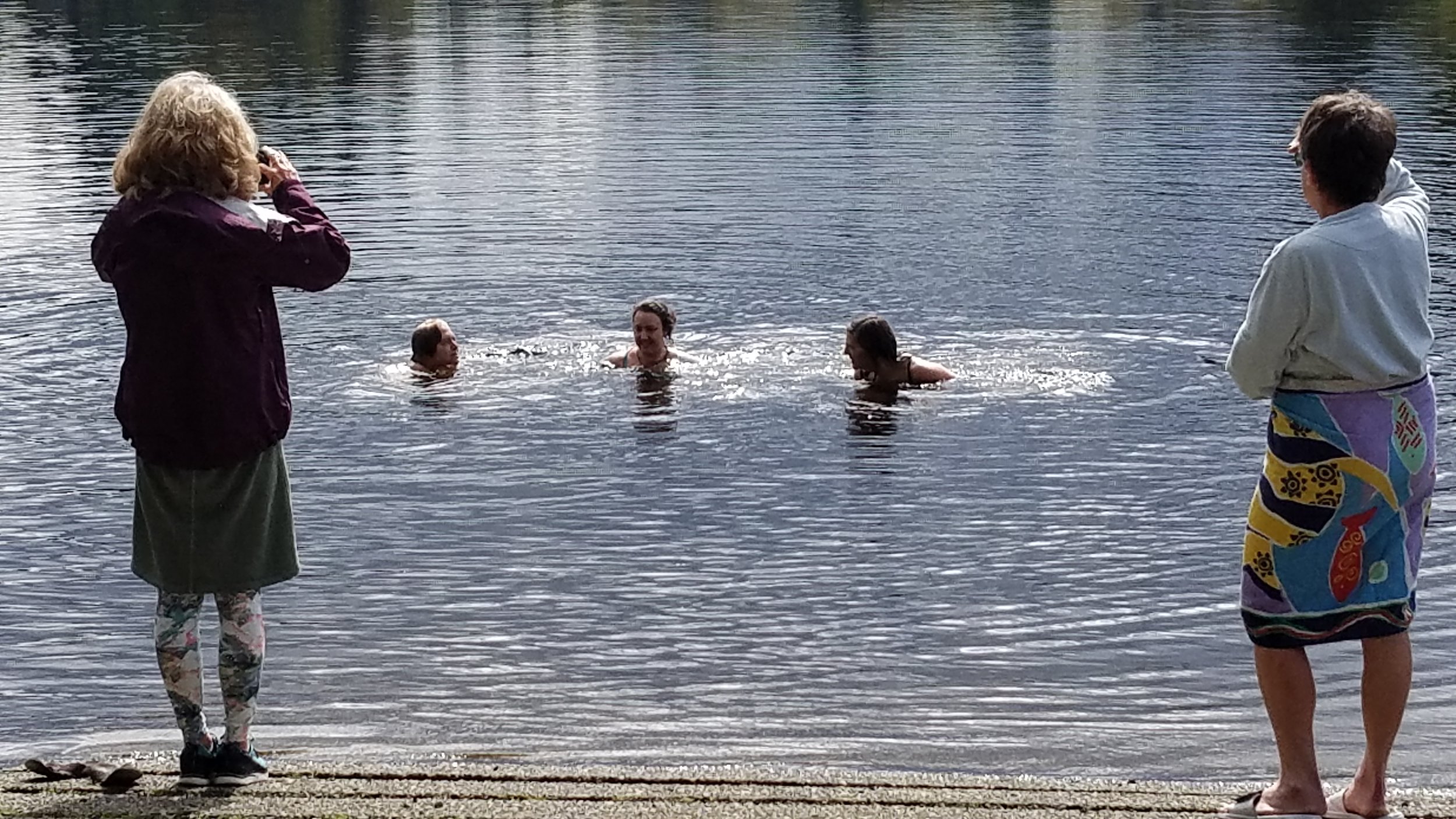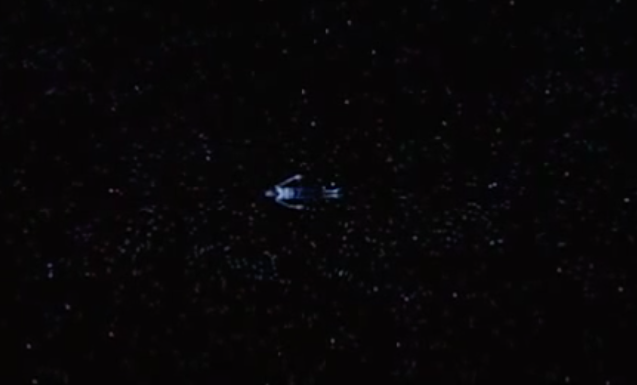After a bit of wavering and wobbling and last-minute rescheduling, the first group swim of the season went off…swimmingly! The previous day, I had checked the temperature of the water at Munn Lake (just 4 miles south of Olympia) and also the slightly shallower Deep Lake (further south in Millersylvania State Park). Both lakes were between 56 and 58 degrees F and so we opted for the closer, small, and more sheltered Munn Lake.
Like many of the lakes in Washington state, Munn Lake was formed in the wake of the retreat of the Puget Lobe of the Vashon Glacier that covered South Puget Sound during the last ice age, which occurred 19,000 to 13,000 years before the present time. Munn Lake is within the Deschutes River Basin and is fed by groundwater seeps and precipitation; there are no inflows and outflows from Munn Lake.
This lake was named after Edwin Munn, a dairy farmer who settled in the area in the early 1900s. Thanks to the Washington Department of Fish and Wildlife, which maintains access to the lake via a paved entrance road, parking lot, and concrete slab boat ramp, members of the public can enjoy non-motorized boating, fishing, and swimming in the lake.
On this breezy Friday afternoon in April, four swimmers and a cheering squad of two made drove in a brief rain shower to gather at the top of the boat ramp. We set up chairs, hot water for tea, and pans of brownies and almond cake. There were just two fishermen on the far end of the lake—incentive for us to go gently into this good water.
“Are we really doing this?” I asked because i knew everyone was thinking it.
Yes. Though not without much “Nooooo!” body language, brief posing for a group photo, mild shrieking, and nervous laughter.
Getting psyched: This looks like a summer day on the boat ramp into Munn Lake, but on April 12, the water temperature was 56 degrees F and the air temperature not much higher. While 56 degrees F might be “warm”to some wild swimmers, it seemed “do-ably brisk” to us. Photo by A. Butler
Our foursome covered what I imagine is the typical range of swimmers: One moved quickly into the water like a mermaid with no fanfare or yelping. One was a wee bit tepid but with a few deep breaths entered the water gracefully, swam several strokes with her head under water and stayed in longer than anyone else. One (me) who really really wanted to get back into the warm car but, once numb from the waist down, stopped resisting, slid in tensely, and then kicked and flapped madly to stay warm. And one who got in up to her neck then retreated to the warmth of dry land to join the cheering squad, vowing to build up her cold-water tolerance. One thing we all had in common was that we were smiling and laughing all the way. And smiling even more broadly when the sun came out.
Getting In: Though we all stood on the boat ramp at the same time, we were out of sync getting in. The two furthest out did a relaxed breast and crawl; the one in the middle (me) flutter kicked; and the one on the foreground wore her flip-flops in, carried one out while returning to shore soon after her plunge. Photo by A. Butler
I’ve been trying to figure out where the resistance to cold water lies, where the lure of cold water originates, and what is happening physically, mentally, emotionally when we overcome 5 minutes of discomfort to reap the benefits of 15 minutes of immersion in cold water. Does the water actually feel good or is the anticipation of the endorphin exhilaration after the swim enough to block any “pain” we might feel in cold water? Does swimming in a group make the water more tolerable, enjoyable, beneficial?
Or was these feel-good vibes just the effect of being in water, in cold water, or simply out in nature? I think I’ll answer “yes” to all my questions here.
All of this topped by post-plunge cups of hot tea and goodies, conversation, and sunshine.
For more than a decade, I have swum in Munn Lake. Sometimes alone (in summer) and sometimes with other swimmers, floaters, and the fish and the osprey. On the first day of spring this year, I swam in this same lake with a friend. The water was 52 degrees, the air an unseasonable 80. We didn’t really swim. We stayed in the water for a good 15 minutes just smiling and laughing and appreciating the company and the very fact that in the Pacific Northwest, we could just walk into a lake in March and loll around as long as we wanted. That swim was at least twice as much fun as my solo swims and very empowering. I could swim in cold water (and enjoy it) and I lived in a community where other people did too. Similarly, swimming with three other people tripled the fun and having a land-based support group (bundled in down, fleece, and blankets) boosted the fun-o-meter even higher.
Getting out: Once you’re finally in it’s easy to stay in. Photo by A. Butler
Feeling Good: Three levels of head submersion: Full (left), none (middle); only the ends (right). Photo by M.T. Goforth
Feeling Better: Oh the joys of warm, dry clothes and a hot cuppa tea! Photo by M.M. Ruth
MUNN LAKE is a smallish, shallow lake 4 miles south of Olympia. It has easy access via the boat ramp managed by the Washington Department of Fish & Wildlife (Discover Pass required). Because this is a relatively shallow lake (19 feet at its deepest) this lake warms up more quickly than other nearby lakes (Ward, Hewitt, for example). Munn is stocked for catch-and-release fishingh rainbow trout and has a naturally reproducing population of largemouth bass, yellow perch, bluegill, sunfish, and black crappie—though none nibbled at our toes during our swim. As with any lake where fishing and swimming occur, watch your step for hooks and other sharp things. For more info and directions to Munn Lake, visit the WDFW site here. Munn Lake is periodically closed to swimming due to chemical treatment of the invasive aquatic vegetation that blocks the flow of water between Munn and Susan Lake. Warning signs are posted at the boat ramp.
Liquid bliss. Photo by M.M. Ruth












